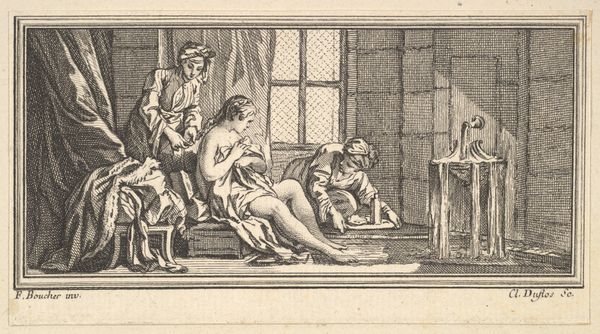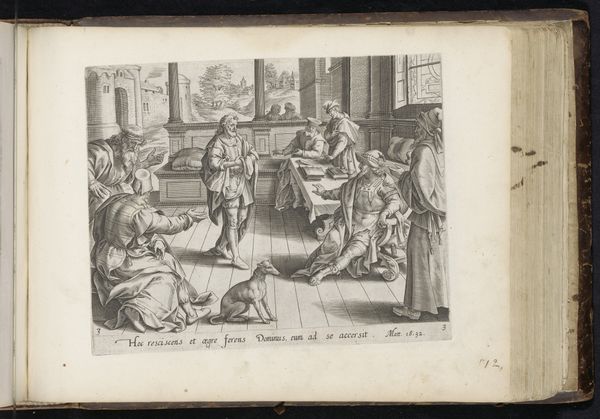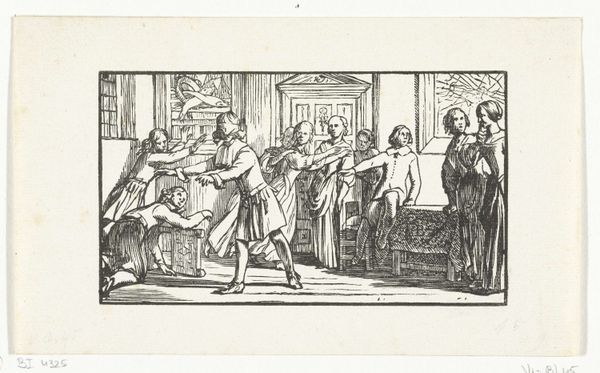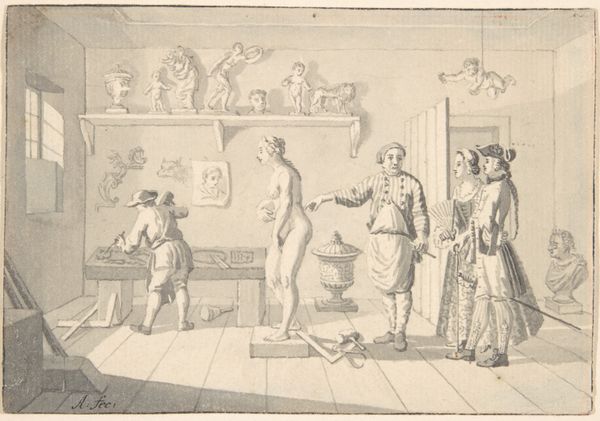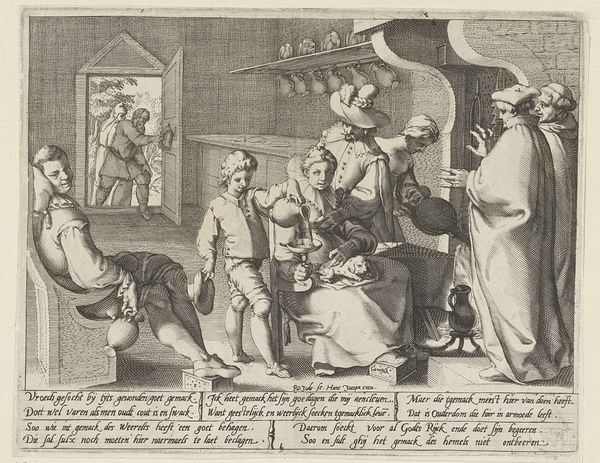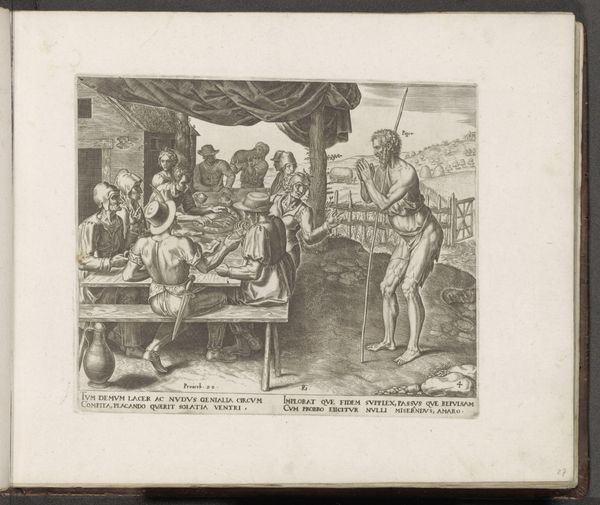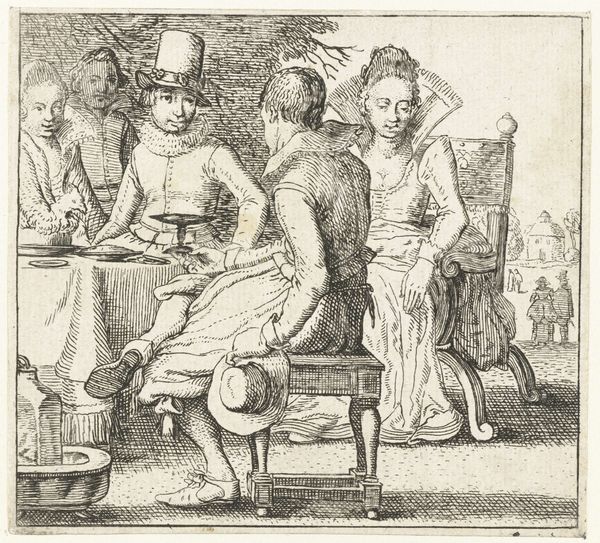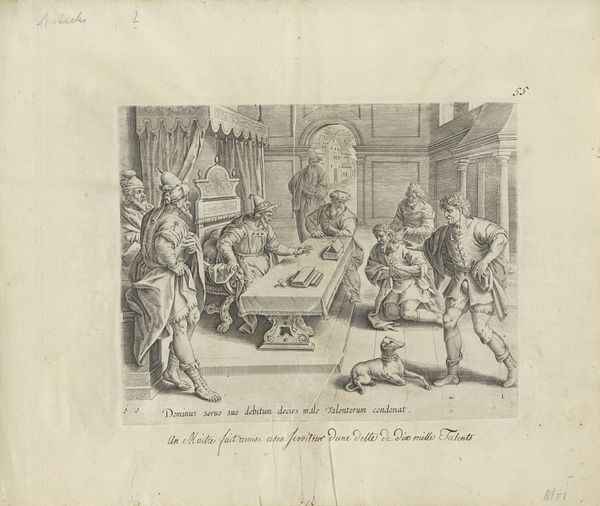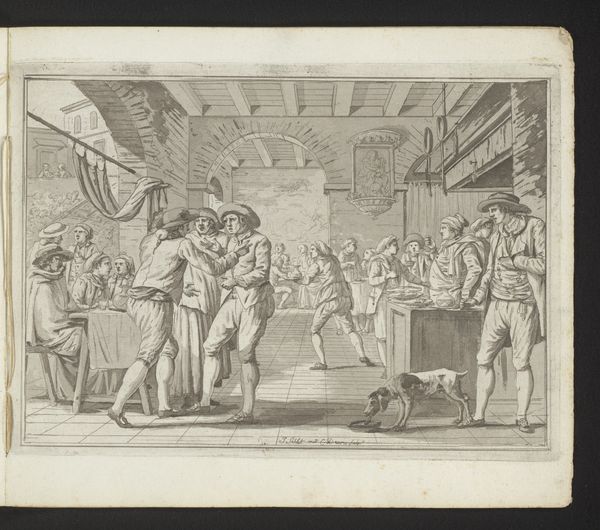![Francesco I d'Este Instructing for Alms to be Given to the Poor, from L'Idea di un Principe ed Eroe Cristiano in Francesco I d'Este, di Modena e Reggio Duca VIII [...] by Bartolomeo Fenice (Fénis)](/_next/image?url=https%3A%2F%2Fd2w8kbdekdi1gv.cloudfront.net%2FeyJidWNrZXQiOiAiYXJ0ZXJhLWltYWdlcy1idWNrZXQiLCAia2V5IjogImFydHdvcmtzL2YzNDliZDBjLWY3N2QtNDQyYy05MTQyLTg3YWMwNmM2NGJkNy9mMzQ5YmQwYy1mNzdkLTQ0MmMtOTE0Mi04N2FjMDZjNjRiZDdfZnVsbC5qcGciLCAiZWRpdHMiOiB7InJlc2l6ZSI6IHsid2lkdGgiOiAxOTIwLCAiaGVpZ2h0IjogMTkyMCwgImZpdCI6ICJpbnNpZGUifX19&w=3840&q=75)
Francesco I d'Este Instructing for Alms to be Given to the Poor, from L'Idea di un Principe ed Eroe Cristiano in Francesco I d'Este, di Modena e Reggio Duca VIII [...] 1659
0:00
0:00
drawing, print, engraving
#
portrait
#
drawing
#
aged paper
#
toned paper
#
baroque
# print
#
pen sketch
#
sketch book
#
personal sketchbook
#
sketchwork
#
pen-ink sketch
#
men
#
sketchbook drawing
#
history-painting
#
storyboard and sketchbook work
#
italian-renaissance
#
italy
#
sketchbook art
#
engraving
Dimensions: Sheet: 4 13/16 × 6 5/16 in. (12.3 × 16 cm)
Copyright: Public Domain
Curator: This engraving from 1659 by Bartolomeo Fenice depicts Francesco I d'Este instructing that alms be given to the poor. It is part of a larger series titled 'L'Idea di un Principe ed Eroe Cristiano in Francesco I d'Este'. Editor: The crisp lines of the engraving give it a decidedly ordered and clean feel. The composition directs the eye to the Duke seated at his table, even though the setting seems relatively humble, almost staged. Curator: I see the setting as deliberate. It presents the Duke, Francesco I d'Este, as not only powerful, but also divinely inspired in his earthly rule, reinforcing the concepts of piety and princely virtue within the visual rhetoric of the period. Note how the poor huddle by the door as supplicants. Editor: Yes, the huddle contrasts with the figure of the Duke, in his crisp angles, but the architecture of the room is almost more chaotic, like a backdrop hastily thrown up behind the Duke to serve some symbolic purpose. The linear perspective seems... almost intentionally off-kilter. Curator: Perhaps that visual unease reflects the precarious position of the poor and their dependence on the Duke’s actions. We have to recall the social structures of the time; famine, poverty, and disease were ever-present realities for most, against the opulence enjoyed by the ruling elite. Editor: The eye is drawn to the contrasting scenes framed on the wall: on one side, we see men sparring, a struggle for power, whilst, opposite, is a mythological hunt, which makes me reflect upon the subjectivities in history paintings. Curator: These images become symbols within the larger image, and hint at a visual program reinforcing d'Este's enlightened leadership. These artworks reference both the intellectual and physical demands of good governance. The act of distributing alms becomes not just an act of charity but a display of the ruler’s capacity for reasoned compassion, his judicious wisdom. Editor: Even the lines dividing wall from wall are dynamic. This is an artwork that deserves deep observation. I see now, perhaps this backdrop serves a function beyond surface-level illustration. Curator: Exactly! By carefully considering the engraving’s formal elements in concert with the historical moment, we unveil richer narratives.
Comments
No comments
Be the first to comment and join the conversation on the ultimate creative platform.
